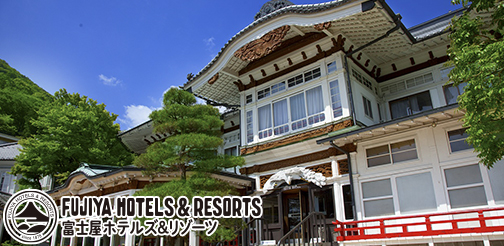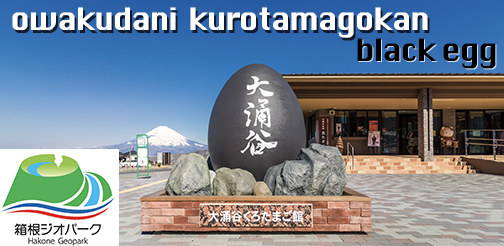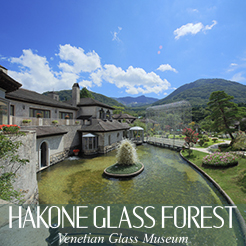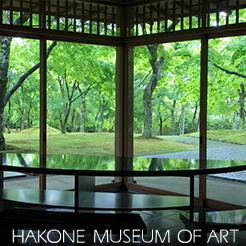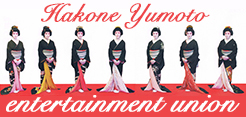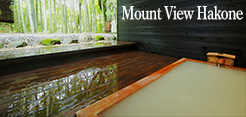The village of Hatajuku, located along the old Tokaido highway that connected Edo (present-day Tokyo) and Kyoto, is the birthplace of yosegi marquetry. A form of mosaic woodwork, it involves the cutting of various types of wood into rods of differing shapes, which are then assembled in clusters and often glued together to form geometric patterns in cross section. The cross-section displaying the pattern can be cut into desired lengths, or a hand plane used to shave off sheets as thin as 0.2 millimeters. These slices and sheets are used to create boxes, household articles, and other items. Himitsu-bako (puzzle boxes), which can only be opened by pushing and pulling their sides in the correct order, are a popular item of yosegi craft. Alternatively, instead of slicing or shaving off sheets, the rod clusters are carved or shaped by lathe to form items such as cups and plates.
About a dozen yosegi craftspeople still live and work in Hatajuku, which was a minor outpost along the Tokaido even in the Edo period (1603–1867). Besides the workshops, the village is notable for its ichirizuka or one-ri distance markers. These are pairs of milestone-like mounds built by the Tokugawa shogunate as part of the system of highways and post towns established in the early years of the Edo period. There was a pair of mounds like this for every ri (3.93 kilometers); the one in Hatajuku, reconstructed based on archaeological research, marked 23 ri from Edo. The ichirizuka both indicated to travelers how far they had come and, as trees were planted on top of the mounds, provided shelter from the elements.
A craftsman of Hatajuku named Ishikawa Nihei (1790–1850) is credited with the invention of yosegi, using the wide variety of wood available in Hakone to express different colors and shades in his work. Exactly when the technique emerged is unclear, but in 1826, German botanist Philipp Franz von Siebold (1796–1866) wrote about it in a record of his journey through Hakone. Yosegi techniques have evolved significantly over the years, with imported wood now also used to express greater varieties of color, but the craft itself remains in familiar hands. At Hamamatsuya, a workshop and store run by the descendants of Ishikawa Nihei, you can see the artisans at work and purchase their wares.
This English-language text was created by the Japan Tourism Agency.


